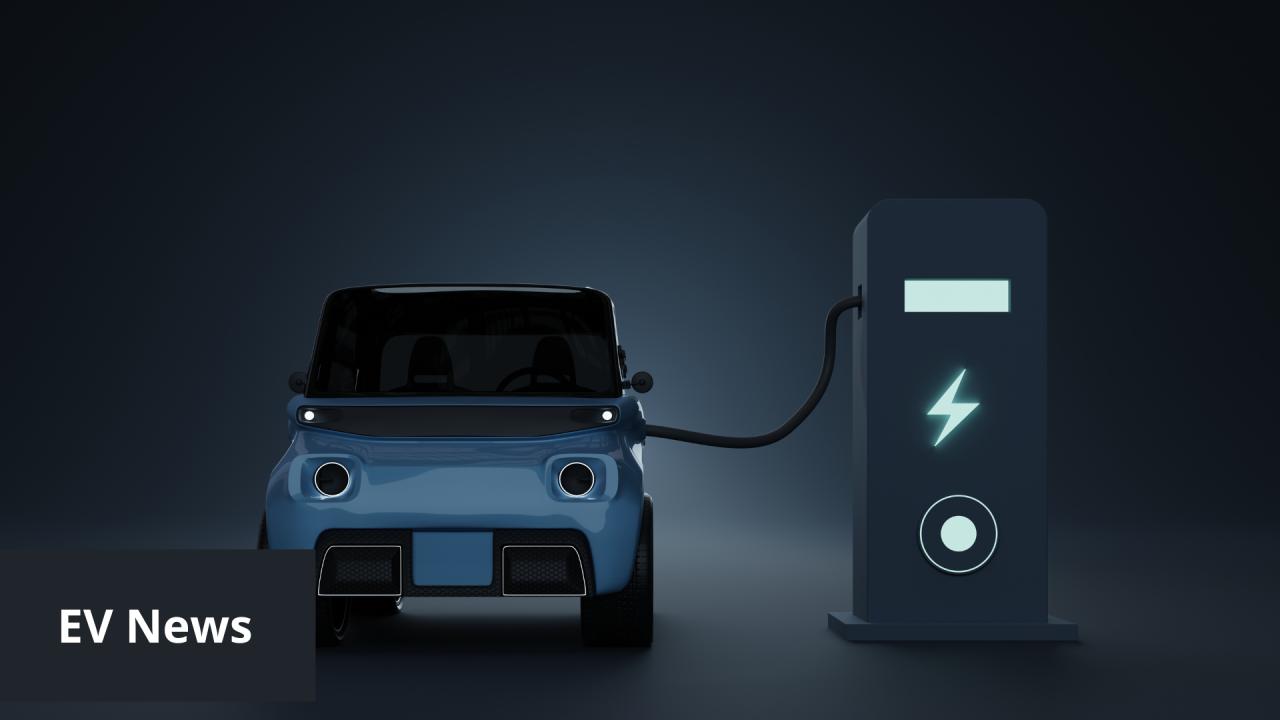In a groundbreaking development for the electric vehicle (EV) industry, Ford Motor Company has unveiled a patent application that could transform the way we think about charging electric cars. The American automotive giant is exploring a novel system that would allow EVs to charge while in motion, utilizing wireless inductive charging technology embedded in road surfaces.
The Science Behind Dynamic Wireless Charging
At the heart of Ford's innovation lies the principle of wireless inductive charging. This technology relies on the transfer of electricity between two sets of coils: one integrated into the road infrastructure and connected to a power source, and another mounted on the vehicle itself. The critical challenge, however, lies in maintaining precise alignment between these coils as the vehicle moves. Ford's patent addresses this issue head-on, proposing sophisticated methods that go beyond simple driver steering.
Harnessing Ground-Penetrating Radar Technology
One of the key components of Ford's proposed system is the use of ground-penetrating radar. This advanced technology would enable vehicles to accurately detect and locate the charging coils embedded in the road surface. Moreover, it would allow for real-time assessment of the coils' operational status. In scenarios where faulty coils are detected, the system could prompt drivers to change lanes and potentially alert maintenance crews for timely repairs. The radar system could also facilitate inter-vehicle communication, allowing for efficient lane allocation based on each vehicle's charging needs.
Bridging Manual Control and Automation
Ford's patent outlines a spectrum of user engagement levels for this charging system. On one end, drivers could manually position their vehicles over the charging coils with guidance from advanced head-up displays or other intuitive interfaces. Moving towards more automated solutions, the patent suggests implementing feedback mechanisms akin to active lane control systems, which could subtly guide the vehicle into optimal charging position. At the fully automated end of the spectrum, Ford envisions leveraging hands-free driving technologies like their proprietary BlueCruise system to manage the entire charging process without driver intervention.
Implications for the Future of Electric Mobility
While the large-scale implementation of Ford's inductive charging system remains speculative, this innovation marks a significant milestone in EV technology. If successfully deployed, it could radically alter the landscape of electric vehicle charging, offering unprecedented convenience and efficiency to drivers. The growing momentum in the broader inductive wireless charging industry suggests that such technologies may become a reality sooner than anticipated, potentially reshaping our approach to long-distance electric travel.
As the automotive world watches with keen interest, Ford's latest patent application not only showcases the company's commitment to electric vehicle innovation but also hints at a future where "range anxiety" could become a thing of the past. With continuous advancements in this field, the dream of truly seamless electric mobility inches closer to reality.
Source: Greencarreports.

